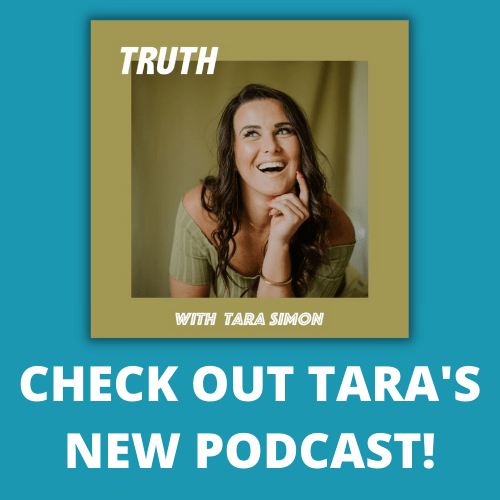Recently, Tara and our own coach Jeremie sat down together to discuss and explain to us what they think falsetto sounds and feels like to each of them and how to best learn to sing in falsetto. They also debate whether head voice and falsetto are the same thing, or two different singing styles. As you’ll see, there’s certainly some debate around the topic!
As coach Jeremie sees things, falsetto is a register where he is placing his notes that comes from a false touching of his vocal folds, where the vocal folds are not quite connecting completely, but come close, while air is passing through.
The strong sounding falsetto he demonstrates first in the video comes from leveraging vocal support in much the same way you would for your mix or chest voice. (Check out this post for more information on vocal support!). A weaker sounding falsetto, as demonstrated around the 3:45 mark of the video, is described by both Tara and Jeremie as sounding a little bit more breathy, bird-like and less supported. This is what Tara would call “head voice”, but Jeremie feels as though the two demonstrations are essentially the same other than the lack of support.
To Tara, the placement moving more forward and toward your nasal passages constitutes “head voice.”
How to Practice Your Falsetto
Just like working out, your vocal “muscles” will improve and strengthen as you practice more and more. To start, try replicating a siren type sound, or a hootie-owl type sound (as demonstrated at the 7:50 mark) to access your falsetto. Once you feel the space and support needed to create that falsetto sound, try experimenting with different ranges to see how low or high that falsetto will go for you!
When working in your falsetto, also remember that different vowels work better than others for different people. Start with the “ew” sounds first and then experiment with “eee” and “ohhh” sounds to see which vowels produce the best falsetto for your individual voice. As Tara explains, there is no right or wrong vowel preference, it’s all about matching your performance preference to your individual sound and talent.
What Do You Think?
So, we want to know…are falsetto and head voice different? Are they the same thing? Let us know in the comments!



